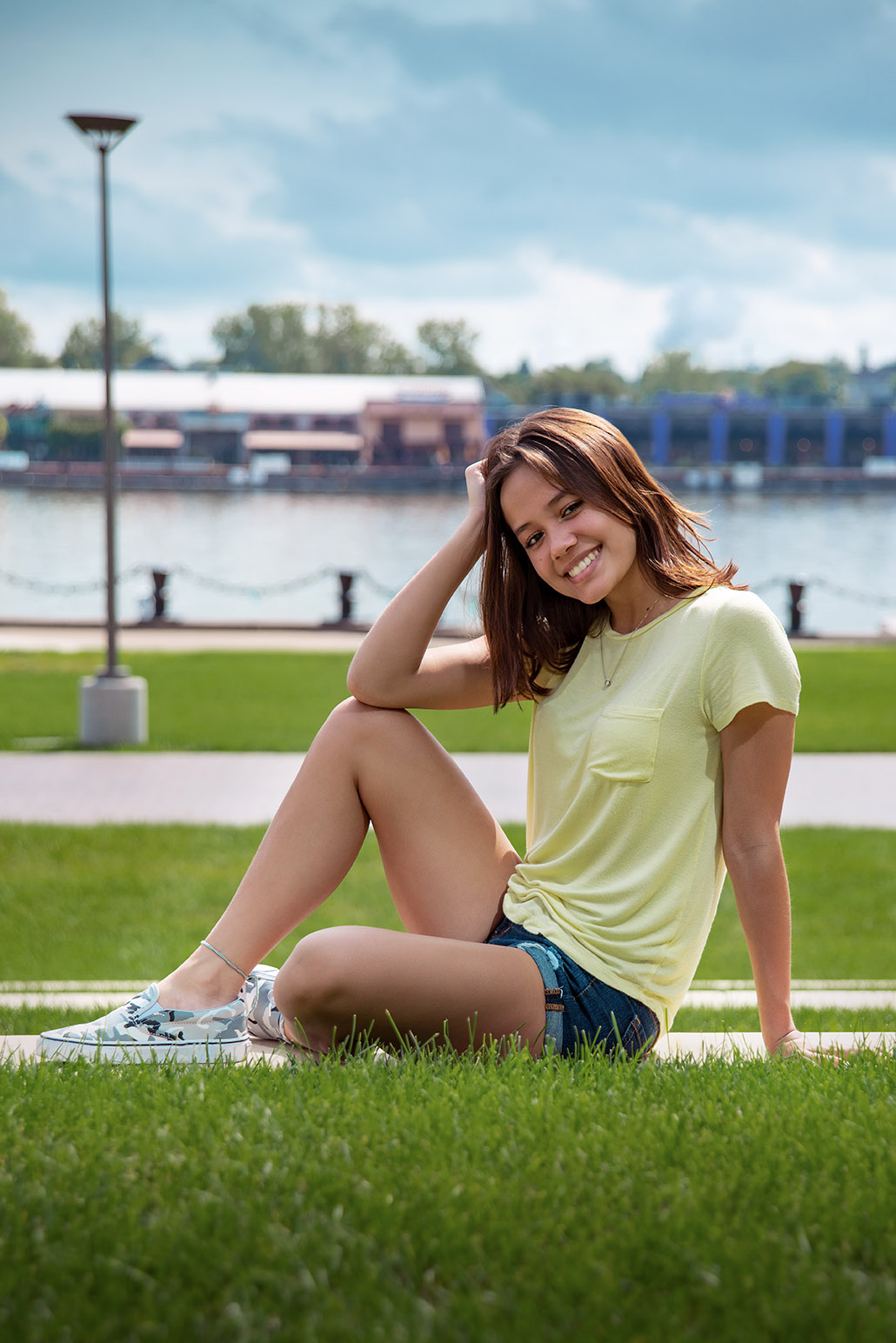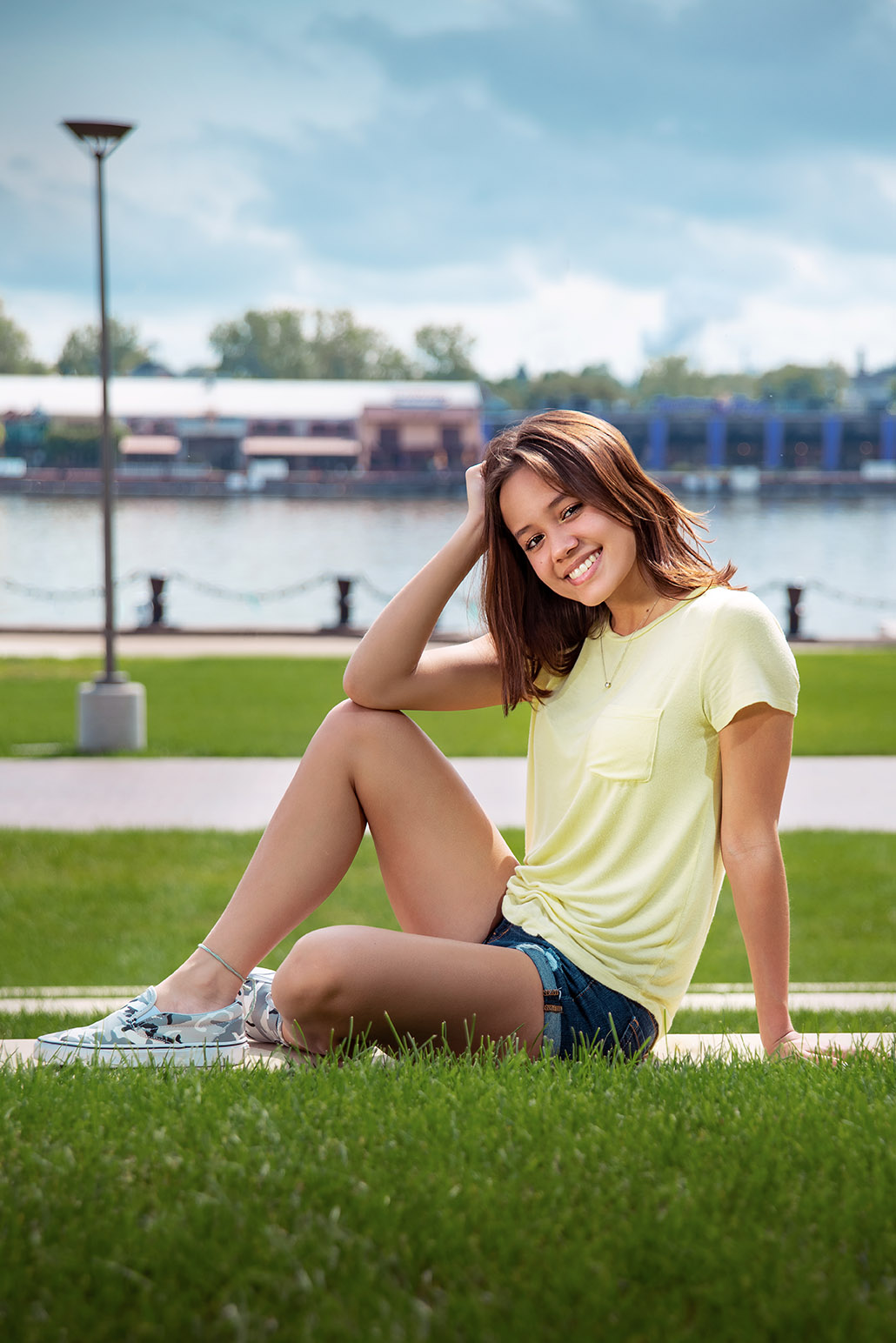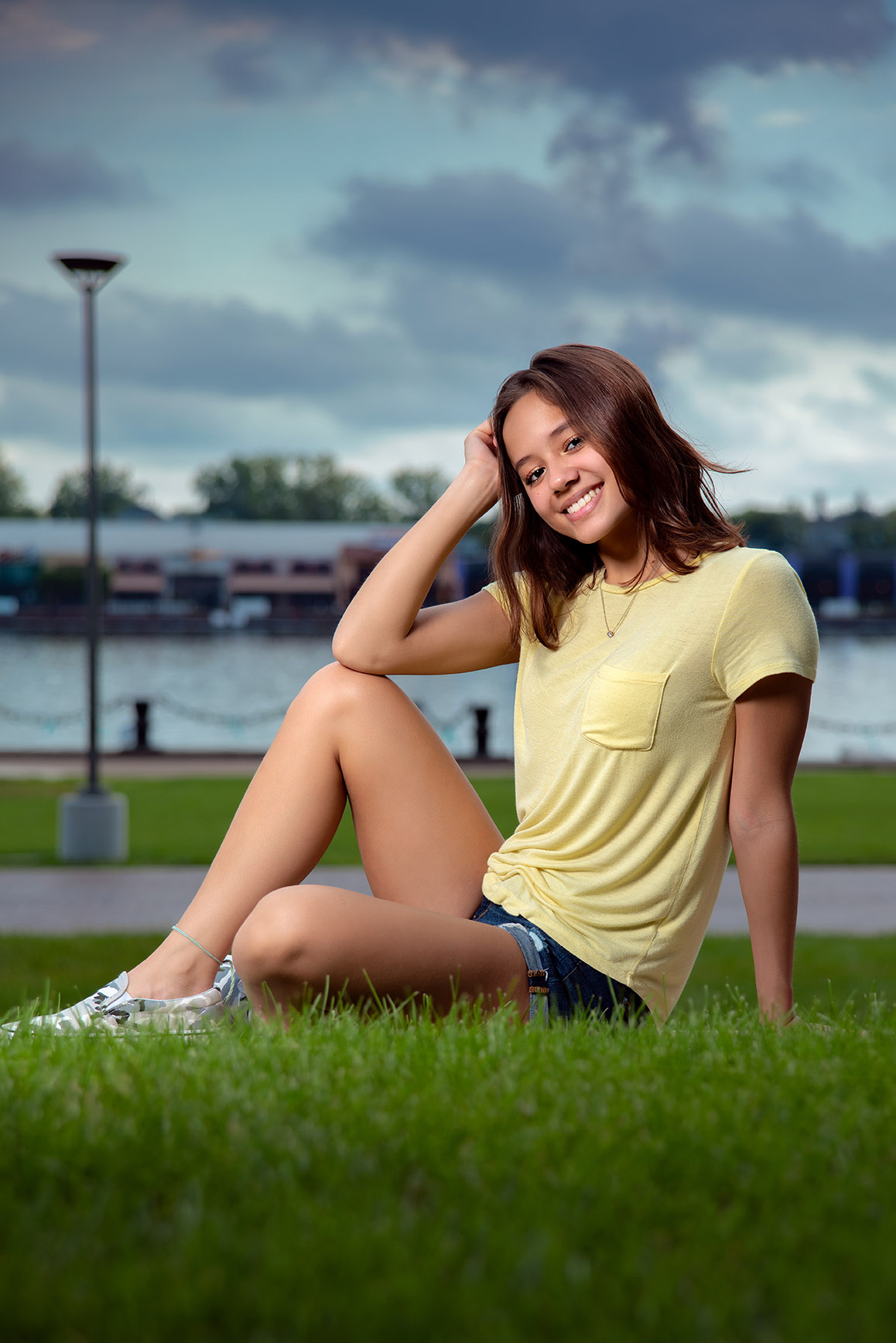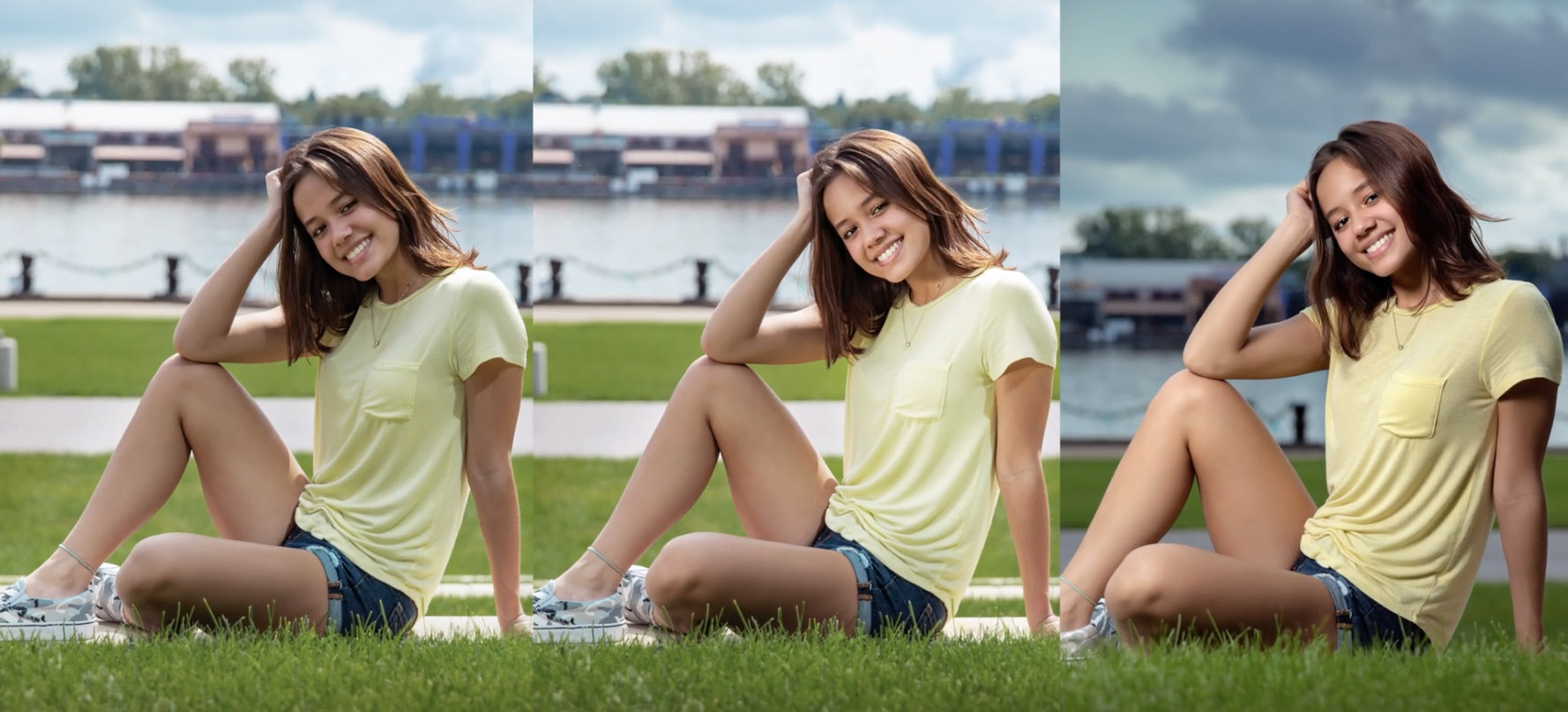As a portrait photographer, it’s important to be aware of the lighting conditions that you face in natural environments. Whether you are looking to use natural light or off-camera flash when shooting outdoor portraits, understanding the effects of both will provide you with your desired result.
While there is no definitive answer for when to use either, there are many advantages that both can serve on their own. As photographers, knowing when to use natural lighting vs off-camera flash is essential. The technique that you choose is in personal preference, however, both can provide very different results with unique benefits for each.
Natural Light for Outdoor Portrait Lighting
Aside from being the most affordable lighting tool for portrait photography, an advantage to shooting with natural light is the lightweight portability that you gain from only needing your camera. This allows you to move more freely and control the spaces that you want to shoot in outside. At times, you may want to shoot your subject using a main light or a fill light, in which case you would bring a reflector along to control the direction of the lighting in your shot. If you are looking to create softer shadows on your subject, using a diffusion panel will assist in harsher lighting conditions by simply placing it between the sun and your subject. Bringing a reflector and diffusion panel gives you additional control and with the ability to modify your lighting in uncontrollable weather. These lighting tools are very portable and lightweight to bring when shooting in natural light.
One of the greatest benefits of shooting with natural light is the overall source of lighting filling the space you’re shooting in. This allows you the freedom to change angles and switch up composition, while quickly moving your location. Shooting in natural light gives up your authority in controlling how harsh the direct light from the sun will be. Even though you have the advantage of the sun covering such a large surface area, with it being such a small source of light above your subject it’s inadvertently casting a harsh light on your shot. In situations like this, you will want to use a diffuser and reflector to guide the light in favor of your shot.
When shooting with natural light, it’s important to pay close attention to the constant changes in lighting conditions. It is very easy to overexpose or underexpose an entire portion of your shoot because the state of the lighting altered slightly.
Off-Camera Flash for Outdoor Portrait Lighting
If you’re looking for more control over your lighting, you’ll want to consider using a strobe, or off-camera flash. Shooting with a strobe provides more opportunities for creative management in your work. The clear benefit to strobe lighting is the ability to choose what you want your subject lighting to look like, whether that is a softer or harsher execution. Creating the look of your light is very versatile when shooting with off-camera flash because of the availability to choose between different soft boxes and light modifier tools. Soft boxes offer a variety of unique interior reflectors, deflector plates and diffusion panels for modifying speedlites or strobes, giving you the chance to control your lighting how you want to. Under the circumstances of wanting more portability, the Octa-S Rapid Box Switch is great for travel because it produces a great source of soft light at only 26 inches (66cm).
Not only can you choose the look of your light with strobe lighting, but you can also choose the amount of ambient lighting you want in your photo. Ambient lighting improves the overall atmosphere of the space you’re shooting in, which is why strobe lighting is recommended to help stand out as a photographer. You’ll quickly realize off-camera flash sets you up for consistent, clean looking photos almost anywhere and anytime you are shooting.
As a photographer, you want to be sure to pick up on color tones that are bouncing or reflecting on your subject. In natural lighting, the grass can cast onto your subject making it look like the shadows on your subject are turning green. By switching to an off-camera flash, you are able to overpower the sun and eliminate the green in the shadows to produce a much cleaner photo. Shooting with a strobe means you can determine how you use your camera with the lighting. For instance, shooting with the FJ400 and Octa-S at high speed sync allows you to regulate the depth and dimension of your background, therefore creating a final product that you desire and not being held up by your hardware’s capabilities.



Photos shot by Westcott photographer Ashley Boring
Outdoor Portrait Lighting Takeaways
Choosing to shoot in natural light or with off-camera flash is in the hands of the photographer as long as you keep in mind the quality and control of light. Natural lighting is more easily accessible, but you lose freedom due to the conditions of the weather and outdoor lighting. Off-camera lighting provides much more dependable and consistent results because of the control you maintain throughout the session.
Want to see more lighting education content? Learn how Ashley uses off-camera flash to mimic lighting scenarios at any time of day in portraits.
Lighting Gear in Action

FJ400 Strobe 1-Light Backpack Kit with FJ-X2m Universal Wireless Trigger and Rapid Box Switch Octa-S4712
Illuminator Collapsible 2-in-1 Silver/White Bounce Reflector (22")1203

FJ400 Strobe 1-Light Backpack Kit with FJ-X2m Universal Wireless Trigger and Rapid Box Switch Octa-S4712

Illuminator Collapsible 2-in-1 Silver/White Bounce Reflector (22")1203

Illuminator Collapsible 2-in-1 Silver/White Bounce Reflector (22")1203


You must be logged in to post a comment.